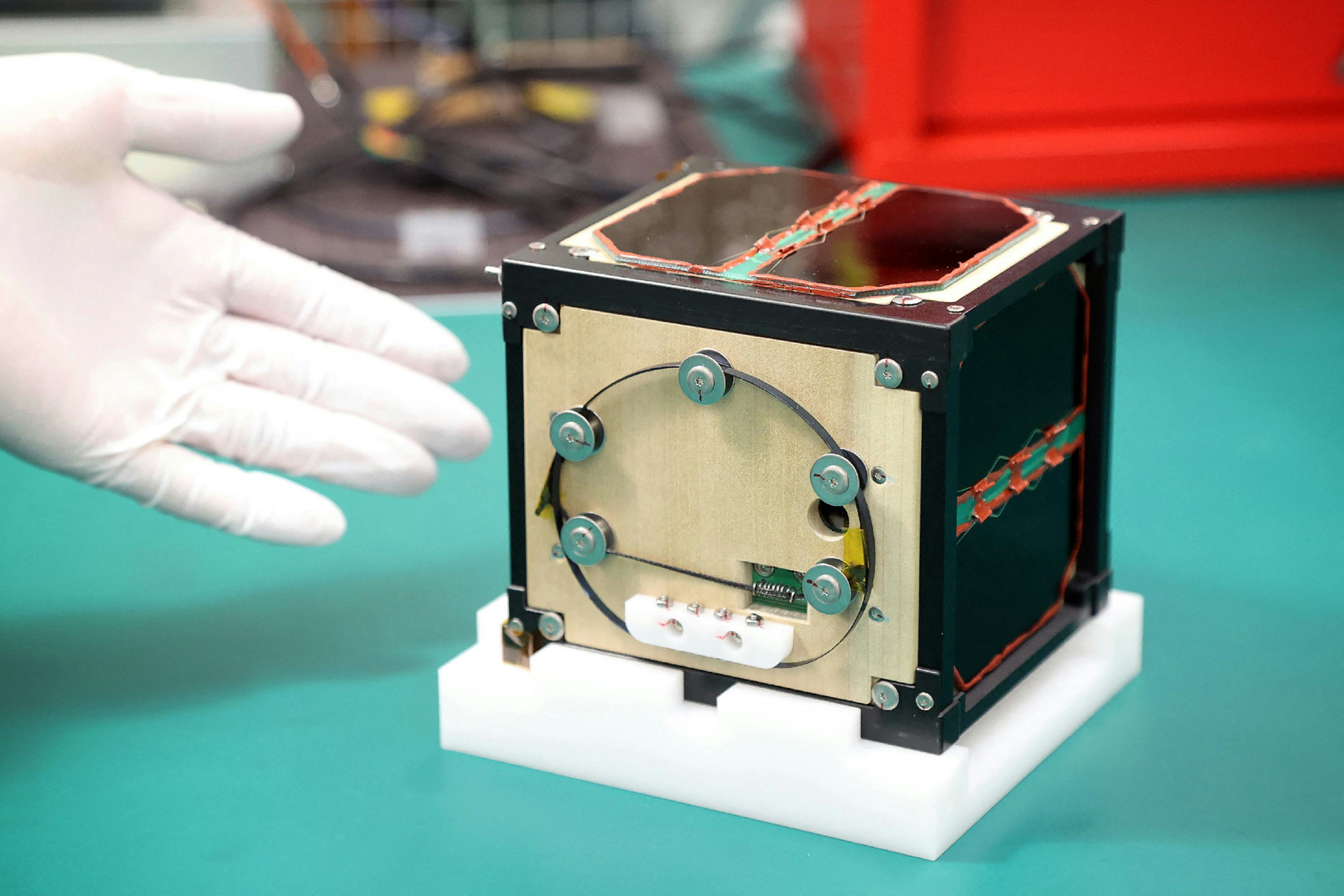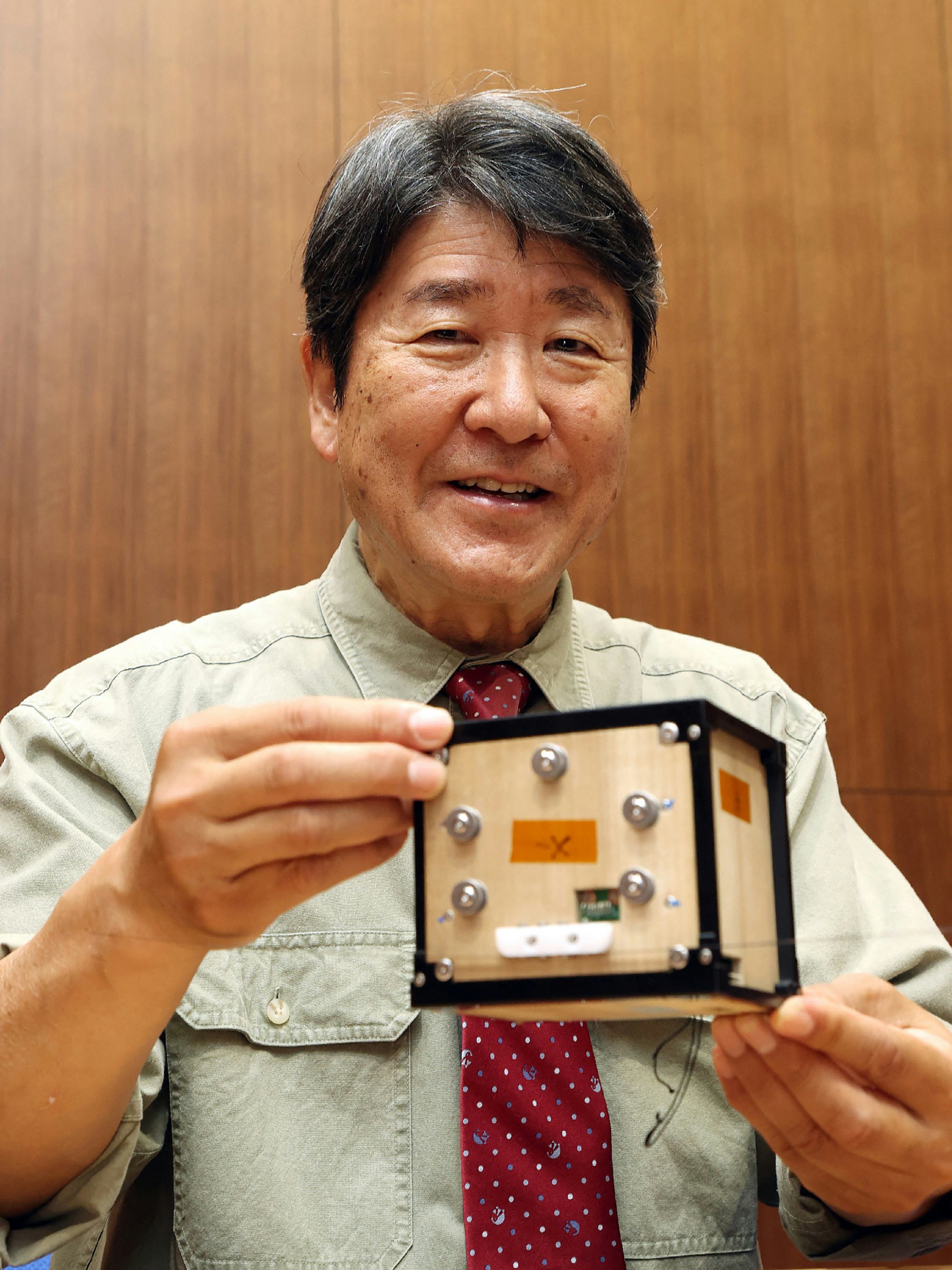
A satellite made almost entirely out of wood, a first, reached space this week.
Different woods received testing onboard the International Space Station (ISS) in 2022, and thanks to that work, the final frontier is now home to LignoSat. This small satellite is made from magnolia wood. Space exposure tests onboard the ISS looked at other materials too, like cherry and birch wood. Magnolia wood won out for its “strength and workability,” reported The Japan Times.
Researchers hope LignoSat will pave the way for more uses of wood in space.

One major advantage of a wooden satellite is that it is environmentally friendly. When satellites finish their missions, whether as planned or when they malfunction, they linger around in Earth’s orbit as space debris. Conventional satellites are made of metal. They produce aluminum oxide particles when a satellite or its pieces re-enter the atmosphere, but wood would burn up and produce less pollution, Takao Doi, former Japanese astronaut and one of the minds behind LignoSat at Kyoto University in Japan, told Reuters.
Kyoto University and Sumitomo Forestry began to develop the project in April 2020. Two years later, their LignoStella Space Wood Project flew up to the ISS. There, astronauts conducted testing, where the woods were analyzed for their ability to withstand exposure to the space environment. Testing occurred over the course of 240 days onboard the station’s Japanese Experiment Module Kibo, according to a statement from Kyoto University.

In a month, LignoSat will leave its spot on the ISS and enter space, according to The Japan Times. LignoSat launched towards the ISS on Tuesday, from NASA’s Kennedy Space Center in Florida.
Over the next six months, researchers will glean new information about LignoSat’s performance in space. This includes how the wood expands and contracts, and how its internal temperature changes. Kyoto University will then use this data to develop LignoSat’s successor, LignoSat-2.







